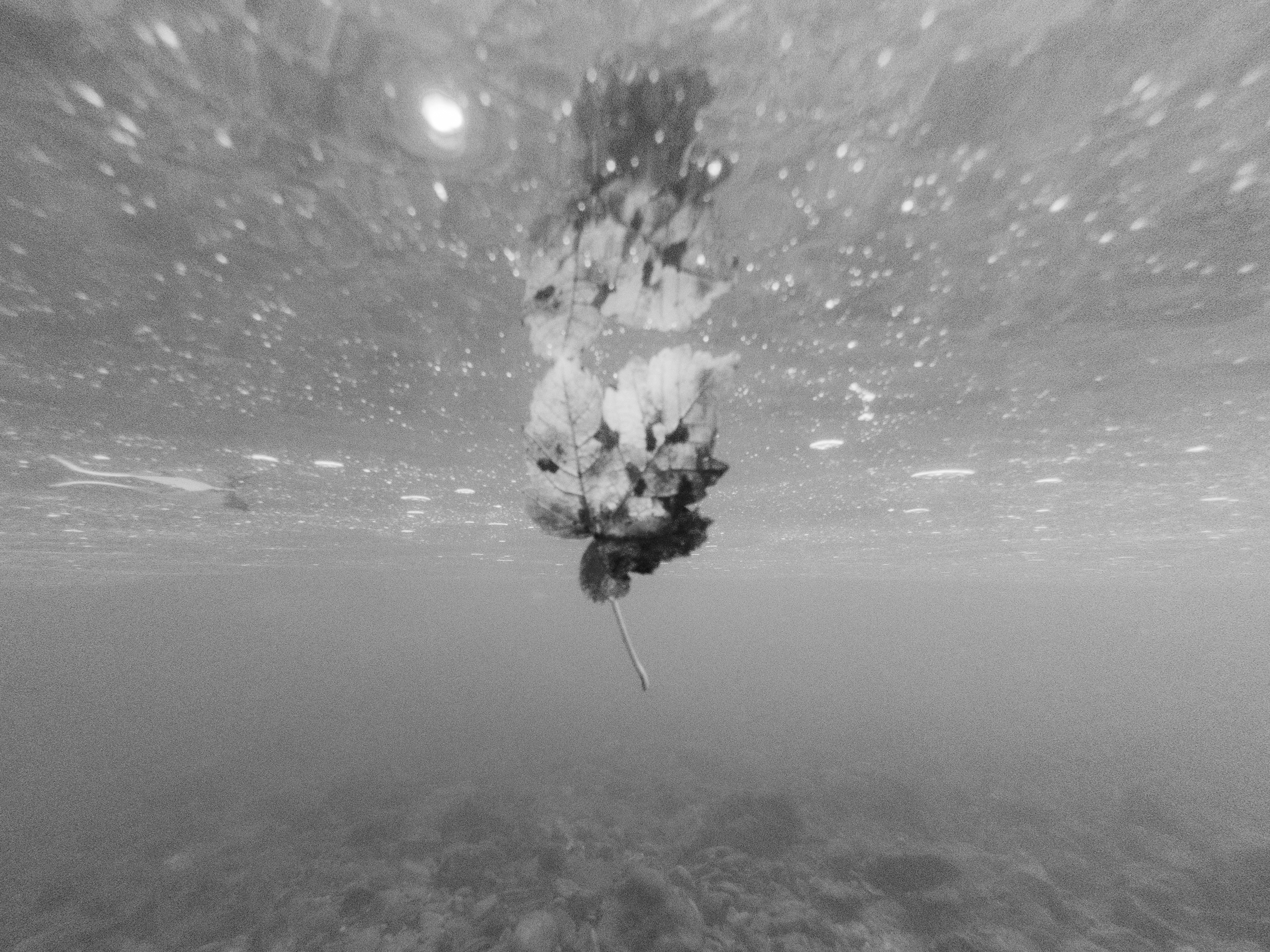Mirrors and Windows – one is Subjective and one Objective. One is the soul, One is the eye. Together they see the world.
It is this thread that I have settled on for my submission of my WIP for this module. It is also a revelation in terms of my own practice.
But how?
Struggling to push out from under the umbrella of traditional and often mainstream technically acceptable work. I felt lost and without the photographic voice, I wanted to convey.
I have now come to embrace much of my practice as a hybrid of the mirror and window synergy, introduced to me initially during the Positions and Practice module of this MA, but the profound effect of which has been lost on me until now.
I am choosing to follow John Szarkowski’s example, who, among other things, was the director of photography at the Museum of Modern Art, New York, from 1962 to 1991.
Szarkowski put into context the widow and mirror as:
“In metaphorical terms, recent photography’s vision of two ways: either as ‘mirror’ – a romatic expression of the photographer’s sensibility as it projects itself on the things and sights of this world; or as ‘window’ – through which the exterior world is explored in all its presence and reality.” – Source – Habert, Judith. 2018. A Short Bio of John Szarkowski, Changing the Impact of Photograph
In other words, The Mirror style focuses on self-expressive photography, while the Window style involves photographers exploring new photographic styles and elements. – Referenced from Habert, Judith. 2018. A Short Bio of John Szarkowski, Changing the Impact of Photograph
In his book, Mirrors and Windows: American Photography since 1960, Szarkowski reviews the evolution of photography between 1960 and 1980 and looks at the way changes in the medium impact on the ever-evolving industry.
Back then, as with today, the medium is ever-shifting. Today it rises to meet a new audience who has technology on their side.
I often feel that the advent of the digital camera heralded a change in the industry, one where the subjective manner of photography is being lost, in favour of more objective work.
You could say this is very much the window approach, that being, technically perfect vistas that leave little or no room for the viewer’s imagination, creativity and emotions.
Mass produced and mass marketed, such images simply replicate the world they represent in a factory-like manner, often edited beyond the reality they originally existed in.
Szarkowski, it seems, felt much the same during the transition to colour images in print during the 1960s and the cultural shift that came with it.
I now see that the pursuit of technical perfection, in terms of standardised photographic practices, is not for me. Rather a mix of image creation and experimentation that brings the viewer on the journey with me. The destination, entirely up to them.
For my practice, this means a move onto a more diverse path, one with multiple ambitions and opportunities. The evolution of a context into which the viewer can enjoy my work as I see it, experiencing the range of emotions, visions, fears and feelings that flow through me when I am creating imagery.
I now feel that I have finally found a way to express myself effectively and contextually. I am very much looking to a Heath Robinson approach, the creativity of which becomes unbound, limitless and constrained only by how far my own imagination will go.
The Work In Progress Submission
In order to pitch my WIP correctly, I have to take the viewer on a journey, one where they generate their own responses, views and emotions to the work and are guided by the concept of wellbeing. These, in turn, connect to their own feelings, generating questions of self within them.
My WIP, therefore, is just that, my work in progress to date.
I am telling the story of autumn and the changes it brings to the river, but through the subjectiveness of leaves. These are the mirrors. They reflect back to our own wellbeing within a natural world. One that constantly attempts to influence us – often without us knowing.
Falling from the trees dotted along the riverbank, the leaves come to settle on the water’s surface, slowly drifting around the riverway.
In this location, the water is calm and captures the leaf with a sense of serenity. The flow downstream poetic.
As the leaf drifts down the river, the waters will quicken, taking the leaf on a journey through currents and eddies, against rocks and under fallen trees. Until, after such commotion and violence, the leaf finds peace, floating with no effort, suspended within the water. Drifting slowly to its final destination and a return to the earth. To begin the cycle of life again.
This journey within my WIP is representative of our own lives and the emotions we go through. Our journeys, our ups and downs and our own eventual return to the earth.
Therefore, each part of the WIP represents a point in time, not just for the leaf, but also for the viewer.
A point in time suspended within the waters of the River Otter.
References
- Habert, Judith. 2018. A Short Bio of John Szarkowsk, Changing the Impact of Photography
- Szarkowski, John 1984. Mirrors and Windows: American Photography since 1960. Publisher: Museum of Modern Art. ISBN-10: 0870704761
- Casper, Jim. Date Unknown. John Szarkowski Photographs, a book review. Lensculture
- Alexander, Jesse. The Global Image – Windows On The World. Positions and Practice Module. Falmouth University Photography MA (Distance Learning)
- Lewis, Jo, Ann. 1978. Mirrors and Windows: Photography Out of Focus. The Washington Post. Source media
